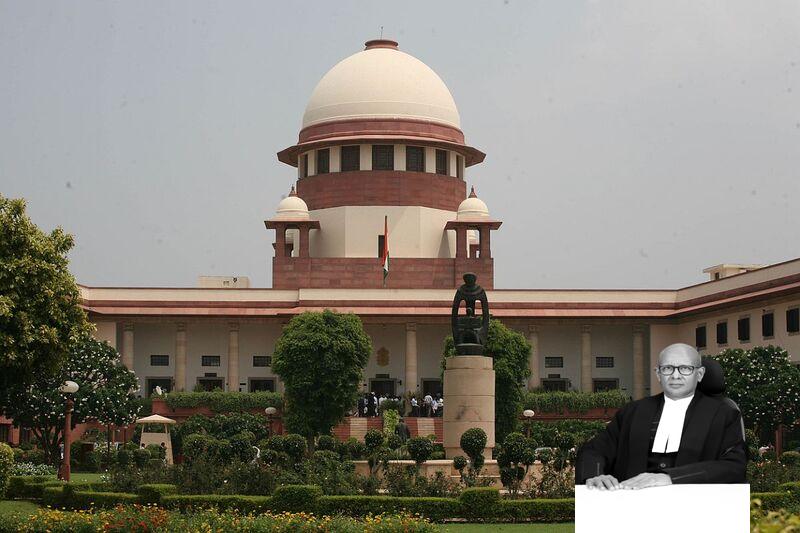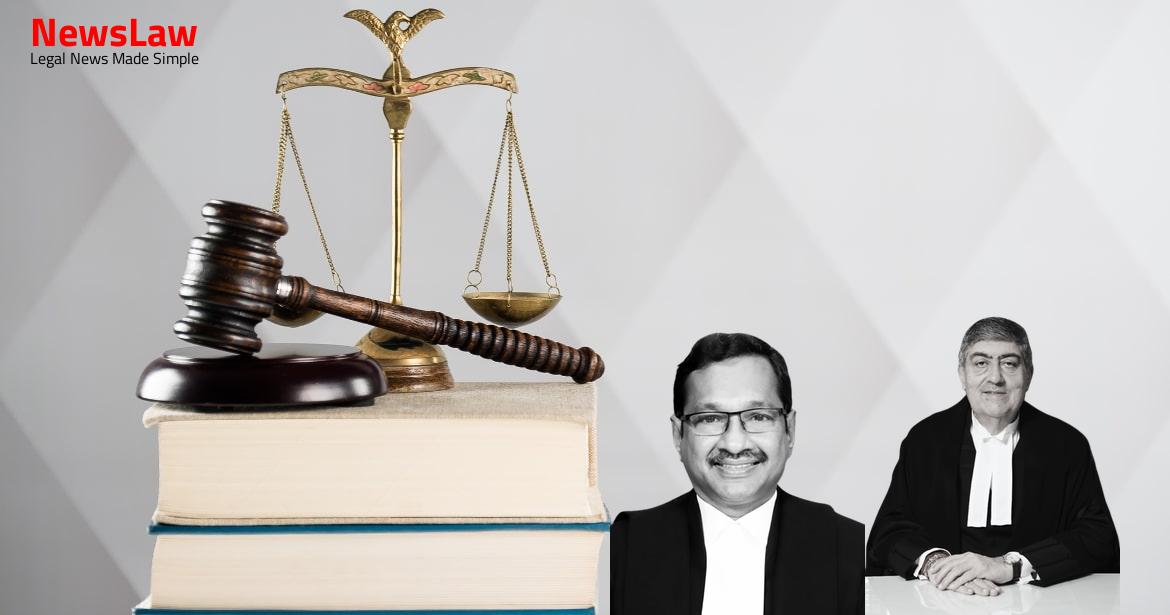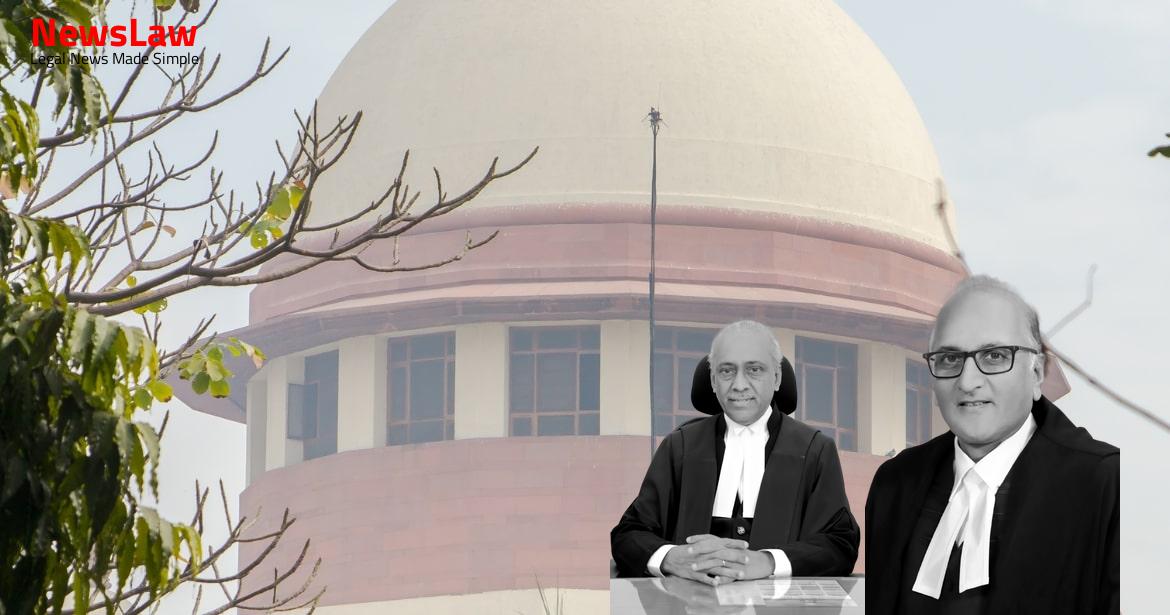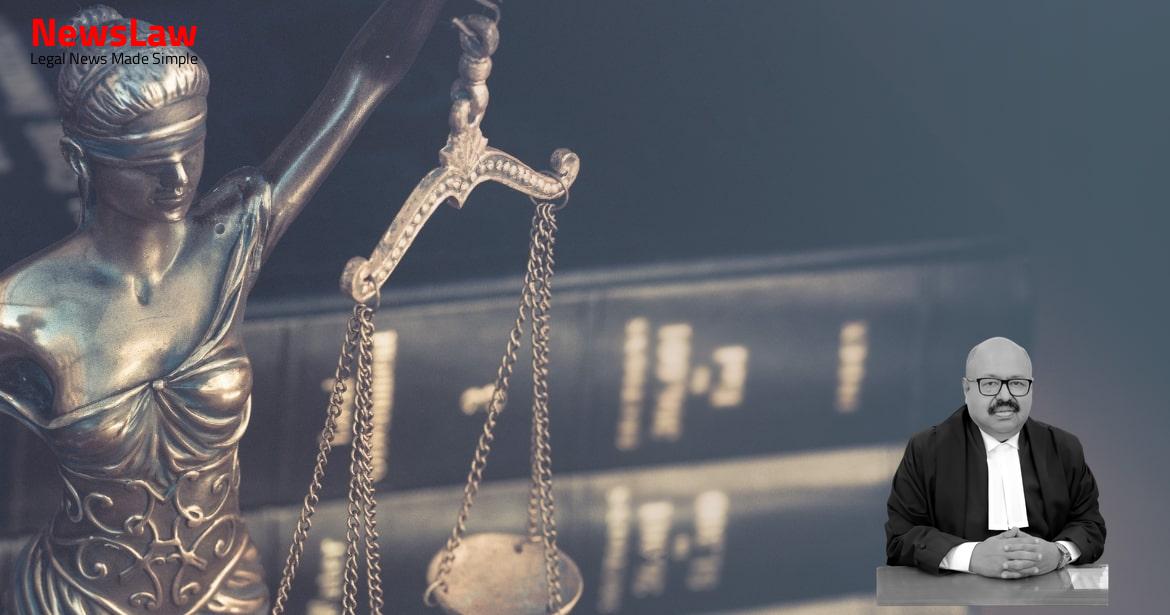Om Prakash Yadav was held guilty under Section 364A read with Section 120B IPC while Raja Yadav and Rajesh Yadav were held guilty of offences under Section 302 IPC read with Section 120B IPC; Section 364A read with Section 120B 2 IPC; and Section 201 IPC. By judgment dated 10.08.2017 delivered in Criminal Appeal No 83 of 2017, filed by Om Prakash Yadav, and Criminal Appeal No 84 of 2017, filed by Rajesh Yadav and Raja Yadav, along with ‘In reference (CRRFC-1 of 2017)’, a Division Bench of the Madhya Pradesh High Court confirmed their conviction and sentences, including the death penalty visited upon Raja Yadav and Rajesh Yadav. Criminal Appeal No 793 of 2022 was filed by Rajesh Yadav and Raja Yadav in the context of Criminal Appeal No 84 of 2017, while Criminal Appeal No 794 of 2022 was filed by them in relation to 3 ‘In reference (CRRFC-1 of 2017)’. Send me 50 lakh rupees.” PW-2 went to 4 PW-1 to tell her about this and at that time, another call came on his mobile phone from the same number.
Send 50 lakh rupees and if you tell the police or any other person then I will cut Bobby’s throat and kill him.” PW-1 told him not to do that and asked to speak to her child. Later, Raja Yadav came to PW-1’s house at about 11 o’clock in the night and told her that her brother, PW-2, and her other brother, Major Singh, had kidnapped her son in their greed for money. PW-16 was informed by the Cyber Cell that the mobile phone handset with IMEI No 358327028551270 was used to make the ransom calls and the handset with this IMEI number was also used with mobile number 9993135127, which was issued to Om Prakash Yadav.
An iron knife was also seized at the behest of Rajesh Yadav from the canal. The seizure was effected in the presence of witnesses under a Property Seizure Memo (Ex. Rajesh Yadav was then arrested on 29.03.2013 at 18:30 hours under an Arrest Memo (Ex. On 31.03.2013, Rajesh Yadav was again questioned in Gorakhpur Police Station in the presence of witnesses and his statement was recorded in a Memorandum (Ex. On 31.03.2013, Brijesh Yadav was taken to Gorakhpur Police Station and questioned in the presence of witnesses. He stated that the blood-stained clothes worn by Rajesh Yadav at the time of the incident were hidden by him in a plastic bag under some hay in a room of his house.
According to the prosecution, the ransom calls were made by Raja Yadav by inserting the SIM card with mobile number 8305620342 into Om Prakash Yadav’s mobile phone handset bearing IMEI No 358327028551270. Thereafter, the said SIM card was destroyed and Om Prakash Yadav’s SIM card with mobile number 9993135127 was inserted into the handset. As per the prosecution, though the ransom calls were made during the morning hours on 28.03.2013, Ajit Pal was killed on the night of 26.03.2013 itself by Rajesh Yadav and Raja Yadav. PW-3 stated that he went for Ajay Pal’s last rites on 30.03.2013 and when he met the Town Inspector at the crossing, he told him that he had met Ajit Pal along with Raja Yadav and Rajesh Yadav on 26.03.2013.
As long back as in the year 1952, in Hanumant vs State of Madhya Pradesh, a 3-Judge Bench of this Court observed as under: ‘It is well to remember that in cases where the evidence is of a circumstantial nature, the circumstances from which the conclusion of guilt is to be drawn should in the first instance be fully established, and all the facts so established should be consistent only with the hypothesis of the guilt of the accused. In other words, there must be a chain of evidence so far complete as not to leave any reasonable ground for a conclusion consistent with the inno- cence of the accused and it must be such as to show that within all human probability the act must have been done by the accused.’ 11 Again, in Padala Veera Reddy vs State of Andhra Pradesh and others, this Court affirmed that when a case rests solely upon circumstantial evidence, such evidence must satisfy the following tests: ‘1. Oftentimes, Courts find that reckless overzealousness and unbridled fervour coupled with scant regard for due procedures and practices on the part of the police, in picking upon those whom they perceive to be the 12 guilty party and then building up a case against them, accomplishes the direct opposite of what they seek to achieve, by exposing gaping holes and weak links in the chain of evidence that they ultimately offer, as is the situation now. P35), registered on 28.03.2013 at 18:20 hours, recorded that Ajit Pal had left the house on 26.03.2013 at ‘9 in the morning’ without telling anyone and that he was searched for everywhere but was not found. She also admitted that she did not even mention in her examination-in-chief that she had recognised the voice. Compounding matters further, she stated that the police had used tracking dogs on 29.03.2013 but denied the suggestion that the dogs had detected the body in the well. Saidutt Bohare (PW-15), the Nodal Officer from Bharti Airtel Limited, who furnished the call data to the police, said that he sent those details by email to the Police Superintendent’s Office when he was asked. However, though the call data statement was sufficient to link Om Prakash Yadav with the ransom calls, the police chose to mention in the FIR that the accused was ‘Unknown’. Shiv Prakash (PW-4), a relation of the accused, also stated that the Gorakhpur police had taken him along with Raja Yadav, Brijesh Yadav, Om Prakash Yadav and Rajesh Yadav and held them in the police station on the night of 28.03.2013 itself, where they were beaten. She claimed that the Gorakhpur police arrested Raja Yadav and Rajesh Yadav at 3-4 pm on 27.03.2013 itself and took them for questioning to the police station. She 16 stated that, when she was released on 01.04.2013, she went to see Om Prakash Yadav at Bhandari Hospital and there were four policemen there, guarding him to ensure that he did not run away. In effect, Rajesh Yadav was not even ‘accused of any offence’ at the time he made a confession and 17 allegedly helped the police find the dead body. Therefore, it is essential under Section 27 of the Evidence Act that the person concerned must be ‘accused of an offence’ and being in the ‘custody of a police officer’, he or she must give information leading to the discovery of a fact and so much of that information, whether it amounts to a confession or not, that relates distinctly to the fact discovered, may be proved against him. This Court pointed out that this information, which would otherwise be admissible, becomes inadmissible under Section 26 of the Evidence Act as it did not come from a person in the ‘custody of a police officer’ or rather, came from a person not in the ‘custody of a police officer’.
It was further held that what is admissible is the information and not the opinion formed on it by the police officer and, in other words, the exact information given by the accused while in ‘custody’ which led to recovery of the articles has to be proved. More recently, in Boby vs State of Kerala, this Court referred to the decision of the Privy Council in Pulukuri Kotayya vs King Emperor, wherein Section 27 of the Evidence Act had been considered at length and it was noted that Section 27 provides an exception to the prohibition imposed by the preceding provisions and enables certain statements made by an ‘accused’ in ‘police custody’ to be proved. It was observed that the condition necessary to bring Section 27 into operation is that the discovery of a fact in consequence of information received from a person ‘accused of any offence’ in the ‘custody of a police officer’ must be deposed to, and thereupon so much of the information, as relates distinctly to the fact thereby discovered, may be proved. Noting this principle, this Court observed that Section 27 of the Evidence Act requires that the ‘fact discovered’ embraces the place from which the object is produced and the knowledge of the ‘accused’ as to this and the information given must relate distinctly to the said fact. In consequence, the purported discovery of the dead body, the murder weapon and the other material objects, even if it was at the behest of Rajesh Yadav, cannot be proved against him, as he was not ‘accused of any offence’ and was not in ‘police custody’ at the point of time he allegedly 22 made a confession. In Yakub Abdul Razak Memon vs State of Maharashtra through CBI, Bombay, this Court noted that the primary intention behind the ‘panchnama’ is to guard against possible tricks and unfair dealings on the part of the officers entrusted with the execution of the search and also to ensure that anything incriminating which may be said to have been found in the premises searched was really found there and was not introduced or planted by the officers of the search party.
for the purposes of a valid panchnama: (a) All the necessary steps for personal search of officer (Inspecting officer) and panch witnesses should be taken to create confidence in the mind of court as nothing is implanted and true search has been made and things seized were found real. (f) The panchnama should be attested by the panch witnesses as well as by the concerned IO. It was held that a panchnama would be inadmissible in a Court of law if it is recorded by the Investigating Officer in a manner violative of Section 162 Cr.P.C. It was held that, in order to enable the Court to safely rely upon the evidence of the Investigating Officer, it is necessary that the exact words attributed to the accused, as the statement made by him, be brought on record and, for this purpose, the Investigating Officer is obliged to depose in his evidence the exact statement and not merely say that the discovery panchnama of the weapon of the offence was drawn up as the accused was willing to take it out from a particular place.
Though these observations were made in the context of a search and seizure under the Narcotic Drugs and Psychotropic Substances Act, 1985, they would have relevance generally. P13) notes that the scene of the crime was visited on 29.03.2013 at 15:15 hours and records that, 15 metres from the Khandari Canal, an old well is situated; that there are bushes growing around the well; that there was a body inside a white sack which was floating in the water in the well; that the width of the well was 2 metres 70 cms. P23), relating to the seizure of the blood-stained clothes of Rajesh Yadav and Raja Yadav respectively, are drafted likewise wherein the witnesses, Bambam (PW-9) and Surjeet Singh, are named but there is no narrative on their part as to how they were led and assisted by someone to find these objects. P12), relating to seizure of the body of the deceased and his clothes along with the hair found in his right fist; Property Seizure Memo (Ex.
The possibility of Ajit Pal, held by a much taller Raja Yadav, managing to get his hands on Rajesh Yadav’s head, who was also much taller than him, whereby he could have plucked out any hair is inherently improbable. However, a later search with the aid of Brijesh Yadav led to the seizure of two mobile phones from a trunk in one of the rooms of Om Prakash Yadav’s house. That apart, Shaival @ Bambam (PW-9), a witness to the seizure of the phones, claimed that there were no SIM cards in the mobiles but candidly admitted that they did not open the mobiles and look inside. PW-15 baldly stated that the said mobile number was allotted to Om Prakash Yadav but did not mark in evidence any document in proof thereof.
He claimed that he called him back at about 2 pm and Om Prakash Yadav told him that Bobby was there and had taken gutkha and left. Vivek Shrivastav (PW-7), who conducted the postmortem examination, stated that semi-digested food was found in the stomach of the deceased and it would have been consumed less than six hours prior to death. 32 He stated that if alcohol is drunk with food and death occurs within 1 hour thereafter, then it is possible for the semi-digested food to smell of alcohol. No only serious miscarriage of justice will result if the collection of evidence is vitiated by error or malpractice, but successful prosecution of the guilty depends on a thorough and careful search for truth and collection of evidence which is both admissible and probative. Echoing the same sentiment in its Report No.239 in March, 2012, the Law Commission of India observed that the principal causes of low rate of conviction in our country, inter alia, included inept, unscientific investigation by the police and lack of proper coordination between police and prosecution machinery. The higher principle of ‘proof beyond reasonable doubt’ and more so, in a case built on circumstantial evidence, would have to prevail and be given priority. Per contra, we find that the yawning infirmities and gaps in the chain of circumstantial evidence in this case warrant acquittal of the appellants by giving them the benefit of doubt. Fine amounts paid by them, if any, shall be refunded within eight weeks from today.



